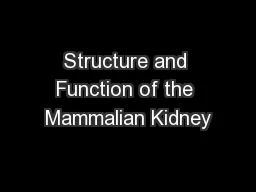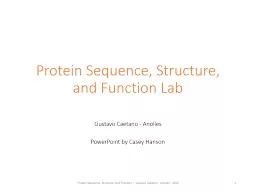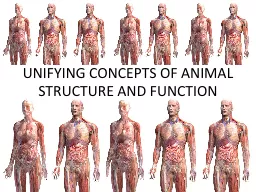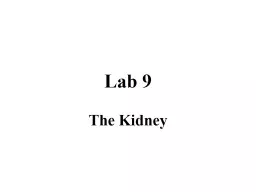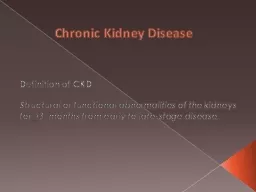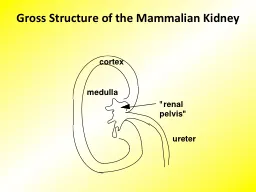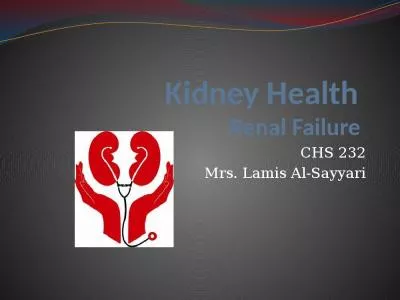PPT-Structure and Function of the Mammalian Kidney
Author : ellena-manuel | Published Date : 2016-04-03
Tidbit Grow the Gradient Context Intro Bio Anatomy amp Physiology Toxicology Pharmacology any course covering the kidney 3 50minute sessions Learning Goals Students
Presentation Embed Code
Download Presentation
Download Presentation The PPT/PDF document "Structure and Function of the Mammalian ..." is the property of its rightful owner. Permission is granted to download and print the materials on this website for personal, non-commercial use only, and to display it on your personal computer provided you do not modify the materials and that you retain all copyright notices contained in the materials. By downloading content from our website, you accept the terms of this agreement.
Structure and Function of the Mammalian Kidney: Transcript
Download Rules Of Document
"Structure and Function of the Mammalian Kidney"The content belongs to its owner. You may download and print it for personal use, without modification, and keep all copyright notices. By downloading, you agree to these terms.
Related Documents

